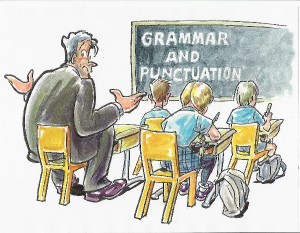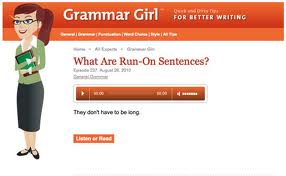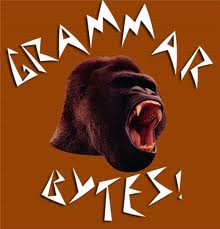Forgive me for it has been almost a year since my last post – my, how time flies when you are having fun! This year, as you will know if you read that last post, I took on the role of Literacy Consultant for the Mid North Coast travelling as far north as Maclean and south to just above Kempsey. I had the absolute pleasure to work with amazing and dedicated teachers, high school and primary, who all welcomed me with open minds in the pursuit of ideas, resources and skills that would allow their students to continue to grow as learners. Truthfully, I know I learnt at least as much as the teachers I was there to support and there were plenty of “ahha” moments during the year when seemingly disparate ideas connected into a “big idea”.
The main “educational truth” I learnt in 2012 was the power of talk. Talking is the base for all learning and without allowing learners opportunities to talk through what they know before they start composing a response they can never fully express their understanding. Students need to talk before reading a text or studying a context, while they are reading and studying as well as afterwards. Through talking, and listening, students have a chance to organise their ideas, test out new concepts and vocabulary, share ideas that will extend their own ideas and link what they know to their current world. Talking aids comprehension, writing and engagement – the crucial elements for success at school.
For too long, many teachers (including myself) stopped students from talking. “Come on that’s enough talk, get writing, get on with your work” sound familiar? Ever felt guilty that you were so busy talking as a class that you “never got any work done cause all we did was talk”? Ironically, what they were actually doing was work. If you ask students what they remembered most about a lesson, a unit, a year’s worth of learning, they will usually talk about the lesson where you thought they had gotten you off task and the lesson was just a conversation that had been sparked by some seemingly innocent comment. That conversation resonated long after the lesson and supports the power of talk in education.
I started to gain new found respect for talk thanks to learning about the “Super 6” Comprehension Skills as part of a project I was working on called Focus on Reading. The Super 6 are Making Connections, Predicting, Visualising, Questioning, Summarising and Monitoring. Two good places to start learning about explicitly teaching students how to comprehend a text are this handout and the website Into The Book. Linda Hoyt’s book Revisit, Reflect, Retell has lots of great activities that are ready to use in primary schools and easily adapted for high school.
The one key element that links them all is that they all start with talking things through – with a “thinking partner”, within a small group and with the whole class. Everyone must share (there are no bystanders) and everyone learns the collective knowledge of the group BEFORE they ever put pen to paper. They share ideas, metalanguages, experiences and prior learning. Their talk allows them to collect their ideas and organise their thoughts so that they can write when you ask them to.
I have seen the power of talk in classrooms that have embraced the Super 6 and the rich talk that the strategies encourage truly is amazing. Their shift in vocabulary is impressive, the engagement is clear and their understanding of what they are studying is deep as is their writing on that topic – factual as well as imaginative.
It has been such an epiphany for me that the power of talk was my topic of choice for our Coffs Coast TeachMeet this term. Here is my presentation:
“Get them talking”, directed talk of course, is now one of my main mantras when working with teachers. Want to improve their writing – get them talking. Want to improve their reading comprehension – get them talking. Want to improve their conceptual understanding – get them talking. Want to improve their results – get them talking. It will be time well spent!










